
by Victoria Silverwolf
Two new science fiction novels take readers from the dry land to the depths of the sea, and down from the sky in a burst of flames. Will they make proper use of the traditional four elements of ancient times, and reach the exalted level of the aether, that fabled quintessence that was of a more refined nature than the others? Let's find out.
Canada's Gift to American Science Fiction
Alberta-born writer Gordon Rupert Dickson, now living in the USA, has been publishing fiction since 1950. It's hard to say that there's a particular kind of Dickson story. He's written light comedy, such as the Hoka series with fellow Minnesotan Poul Anderson (currently a resident of the San Francisco region), all about aliens who look like teddy bears and cause trouble by imitating human beings. He's written entertaining adventure stories, some for a juvenile audience. In recent years, he's gained notice for more serious and thoughtful works.
His novella Soldier, Ask Not (Galaxy, October 1964), part of the Dorsai series, won the Hugo award, and the novelette Call Him Lord (Analog, May 1966) won the Nebula award less than a month ago. Will his latest novel add to his reputation?
The Past is Prologue

Cover art by Richard Powers.
It's something of a challenge to jump into The Space Swimmers without any preparation. The author throws a complex background at you in bits and pieces, and it's obvious that a lot has gone on before the novel begins. That's because it's a direct sequel to the novelette Home from the Shore (Galaxy, February 1963).

Cover art by Jack Gaughan.
Surf 'n' Turf
In brief, humanity has split into land dwellers and ocean dwellers. The sea people have developed abilities that make them valuable space explorers. Humans encounter the so-called space swimmers, beings that are gigantic in size but tiny in mass, beyond Mars. They die every time people try to capture them. This causes the sea folk to rebel, and withdraw their services from the space vessels of the land folk. The result is war, with the land dwellers destroying the underwater communities of the ocean dwellers.
This is where the novel begins. The war has cooled off slightly, although the land folk sometimes hunt the sea folk for sport, in the tradition of Richard Connell's famous story The Most Dangerous Game.
Our hero is Johnny Joya, who more-or-less instigated the rebellion of the sea folk in the novelette. He lives in isolation in the frigid waters of the Arctic with his young son Tomi after the death of his wife during the war. Tomi has even greater abilities than his father. The sea people can communicate with dolphins, but Tomi can also communicate with killer whales. Father and son become involved in an attempt to reconcile the two branches of humanity.
It seems the space swimmers can teleport instantaneously from one place in space to another. If Tomi can communicate with one of the mysterious creatures, he may be able to discover the secret of interstellar travel. Complicating matters is the fact that both sides have developed doomsday weapons that could wipe out the other.
I've only scratched the surface of a novel that has a heck of a lot going on in only one hundred and sixty pages. I haven't mentioned major characters or important subplots. Suffice to say that Dickson keeps things moving at a brisk pace.
There's a certain vagueness in some of the book's concepts that leads to confusion at times. We're told more than once that the ability of the sea people to communicate with dolphins is not telepathy, but this is left unexplained. Johnny works on problems by making use of so-called analogs (a nod to the magazine of the same name?) but I didn't understand how this was supposed to work.
It may seem unlikely that the sea people are willing to completely destroy life on land through a series of devastating earthquakes, and that the land people are willing to destroy all life in the ocean through modified disease organisms. The way each of these terrifying weapons is described, it seems as if either one would completely wipe out both sides. The fact that we live in an age of Mutually Assured Destruction (to make use of a term coined by Hudson Institute researcher Donald Brennan, appropriately known as MAD) may add some plausibility to this part of the book.
Worth reading, but I don't think it will win any awards. Three stars.
Sterling Silver
Native New Yorker Robert Silverberg has been an extremely prolific author in multiple fields since 1954. Not all of his work has been notable for its quality, it must be admitted, but he won a Hugo award in 1956 as the Most Promising New Author, beating out Harlan Ellison, Frank Herbert, and Henry Still. (Who? He hasn't published anything since 1961. Sic transit gloria mundi.)
I won't mention the many sex novels he's published under multiple pseudonyms, except to say that eroticism plays an important role in Those Who Watch, his latest novel (unless another one comes out while I'm writing this, given his speed at the typewriter.)
Three Times Two Equals Six

Anonymous cover art.
Aliens have been monitoring Earth for centuries, cruising the skies in flying saucers hidden from human eyes by a screening device. One of the hundreds of saucers filling the atmosphere has a disastrous failure, causing it to explode over New Mexico. The three crewmembers bail out, landing in separate areas and sustaining serious injuries.
The trio consists of two males and a female, all part of a mating group. (We'll find out later that such a triad is normal for the aliens, although sometimes it's two females and a male.) Although not described in any detail, the extraterrestrials are small beings, each one wearing an artificially created human body. Their real bodies are intimately connected with their external disguises, so they experience the pain of their damaged human bodies and other sensations.
At this point, the narrative alternates among the three aliens and the human being each one encounters.
One extraterrestrial appears to be an ordinary man of middle years. A young American Indian boy, living in a pueblo that keeps its traditional ways only to attract tourist dollars, brings him food and water while he recovers from a spine injury that renders him paralyzed. In exchange, the highly intelligent lad, who figures out very quickly that he's dealing with an alien, learns about the other's native world. He also acquires a piece of advanced technology that could be deadly.
Another alien takes the form of an extraordinarily handsome young man. He gets aid from a young widow with a small child. The two fall in love, in the first of two human/alien couplings we'll see.
Paralleling this is the mating between the female alien, disguised as a voluptuous woman, and a military man, bitter because a medical problem kept him from becoming an astronaut. He and the widow eventually come together, after their alien lovers leave Earth.
Meanwhile, rival aliens, who also have hundreds of unseen flying saucers orbiting the planet, try to track down the three, in order to charge them with violating an agreement not to land on Earth. (There seems to be a sort of Cold War going on between the two species. Neither one is supposed to be on the surface of the planet, but they both have secret agents on Earth.)
This is a leisurely novel, despite the attempt to create suspense in the form of the enemy aliens. Much of it consists of conversations between each of the three aliens and the human being that renders aid. The two sexual encounters between a lonely human being and a benign extraterrestrial may be too much of a good thing.
The sections of the novel about the American Indian boy are probably the best. The author avoids stereotyping Indians, and shows a great deal of empathy for their situation in modern society. Silverberg displays a gift for characterization in his intimate portraits of the three humans; perhaps not quite so much for the aliens.
He's still a promising, if not quite so new, author. Three stars.

by Gideon Marcus
Ring in the Old
If Silverberg is a new old hand (or an old new hand), and Dickson is a plain old hand, then Murray Leinster is the oldest of hands. In fact, Will Jenkins (Leinster's real name) has been a pubished author of scientifiction since 1919–before the genre even had a name. Suffusing his work with a patina of scientific accuracy, up through the '50s, his name was a welcome one on the masthead of any magazine. I particularly enjoyed his Med Series tales of Dr. Lincoln Calhoun and his pet/assistant, Murgatroyd.
Those happy days are years in the past, and as John Boston and I can tell ya, his latest works have been phoned in…from a booth in Duluth that hasn't been serviced in decades. Thus, it was with trepidation that I picked up Leinster's latest, Miners in the Sky.

It's actually not bad.
Set in the lawless rings of the planet Thutmose, a Saturn analog in a star system far from Earth, it details the perils faced by a space miner named Donne. He's no sooner set foot on the trade asteroid of Outlook, a sizable rock within Thutmose's rings, when his little "donkeyship" explodes. He quickly deduces that word has (mistakenly) gotten out that he has discovered the Big Rock Candy Mountain, a bonanza rock laden with the "abyssal crystals" that facilitate solar system travel. Donne must get off Outlook as soon as possible: his partner, Keene, is stuck on the ringlet they are mining. He may run out of air, or worse, already have also been the target of an assassination. Complicating things is the arrival of Keene's sister, Nike, who insists on coming with Donne. So begins a long chase through the rings of Thutmose, with a murder-inclined criminal on Donne and Nike's heels.
I had worried that the story would be simply a gussied up Western, but there's a bit of physics and a lot of pretty description of the Thutmosian locale that makes Miners reasonably SFNal. To be sure, it is written in Leinster's current mode: all short sentences, lots of exclamation marks, and characterization as shallow as a kiddie pool. Add to that the several times Leinster points out that, as a woman, Nike "instinctively" looks to a man for help.
Miners in the Sky will definitely win no awards. It is yet another in a long line of stories cranked out on autopilot to pay the bills. Still, I don't regret the time I took reading the book. Sometimes, all you need is a little adventure.
Three stars.

![[April 14, 1967] Earth, Air, Fire, and Water (April 1967 Galactoscope)](https://galacticjourney.org/wp-content/uploads/2022/04/670414covers-672x372.jpg)

![[April 8, 1967] Swan Songs (May 1967 <i>Worlds of Tomorrow</i>)](https://galacticjourney.org/wp-content/uploads/2022/03/Worlds_of_Tomorrow_v04n04_1967-05_0000-2-672x372.jpg)
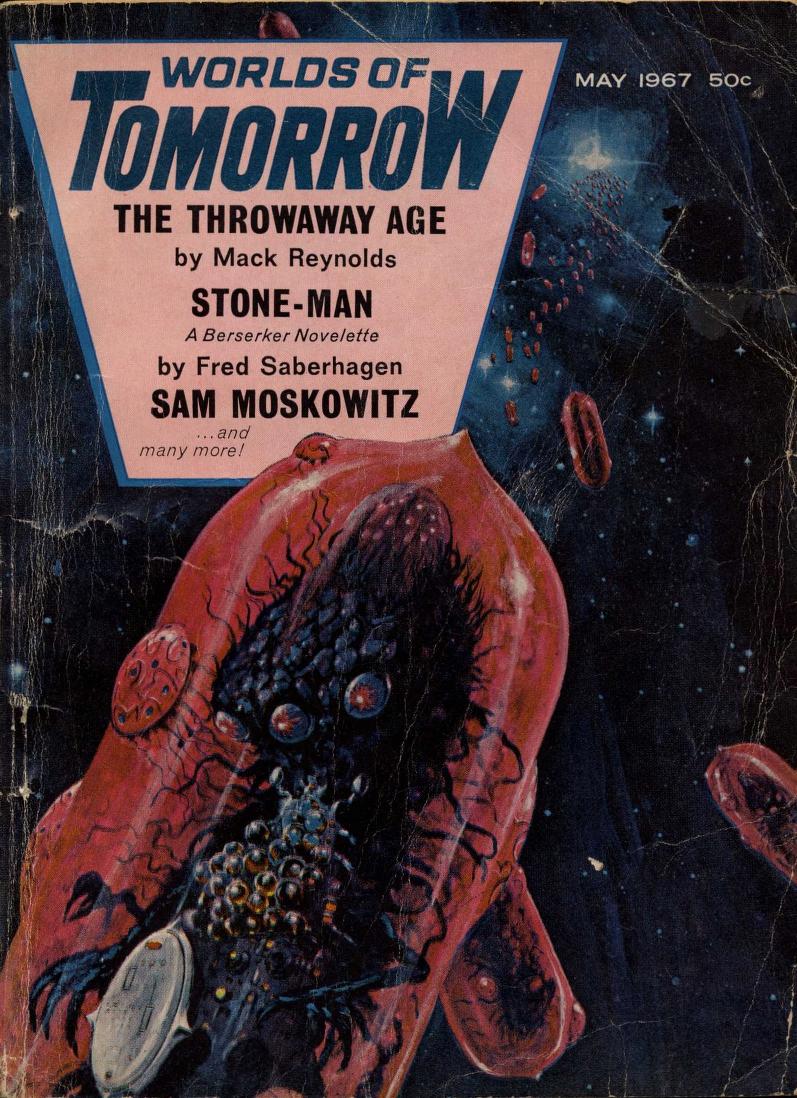



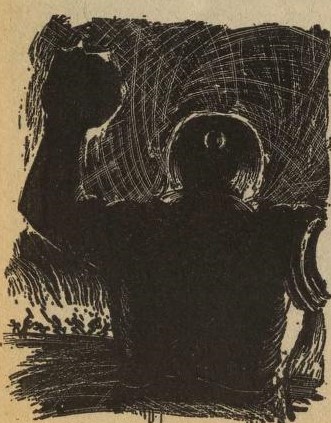

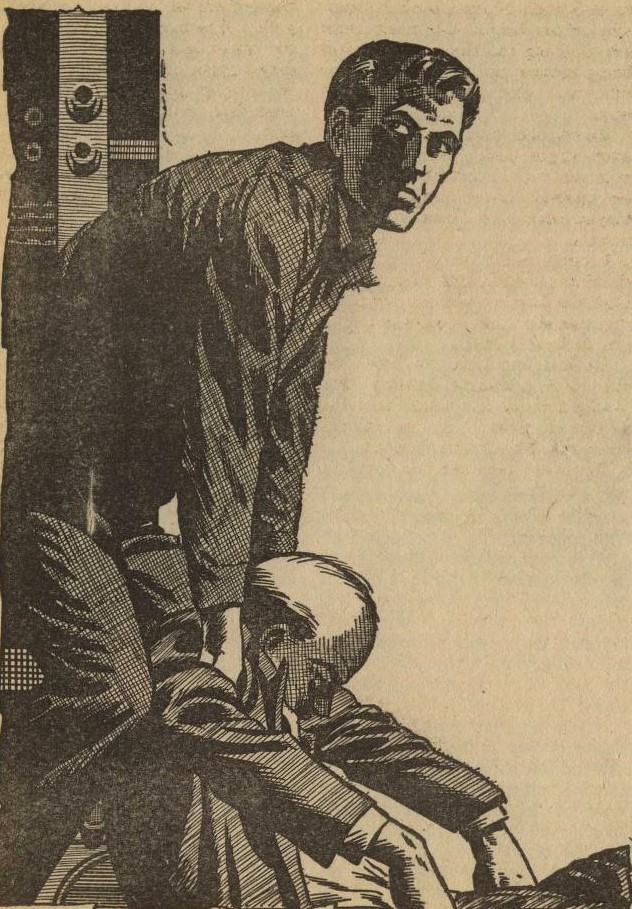
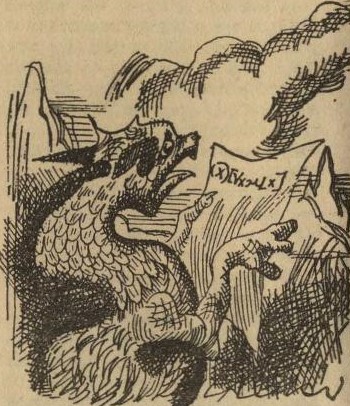

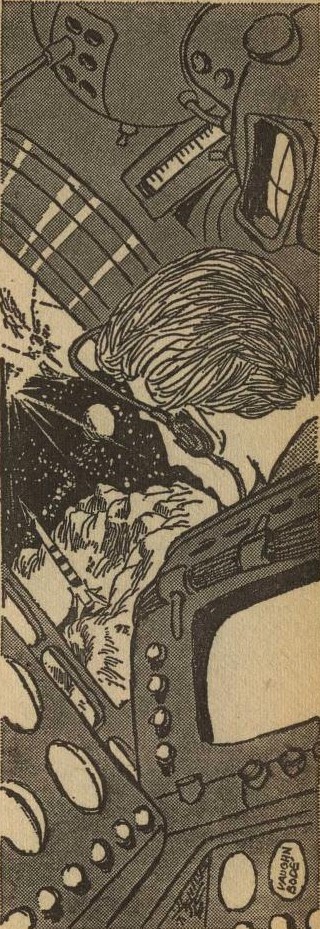
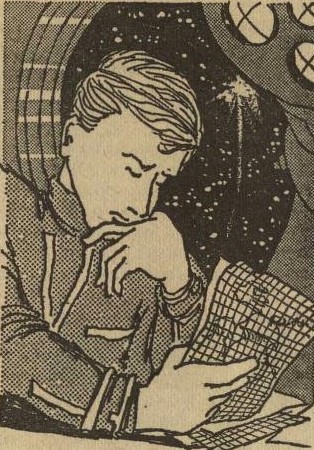


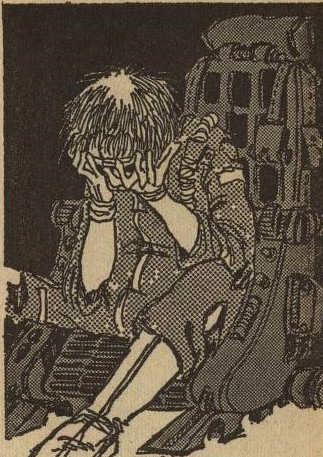

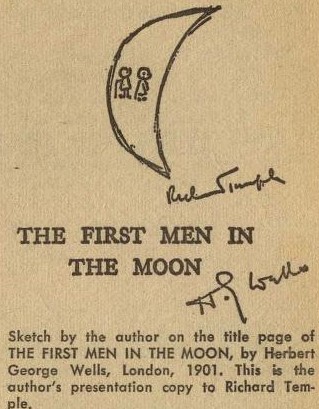

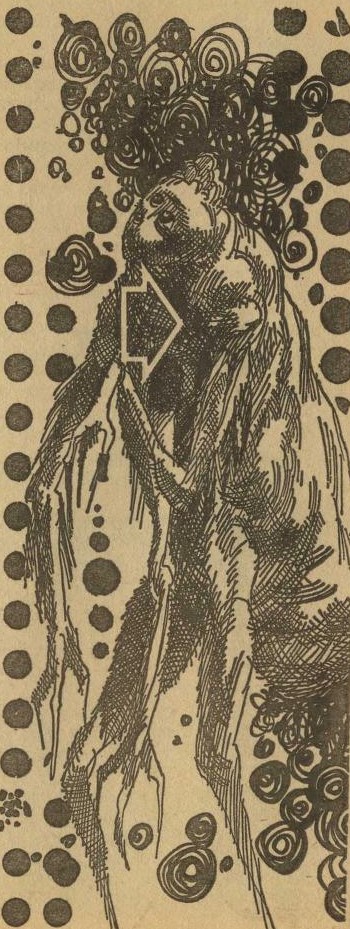


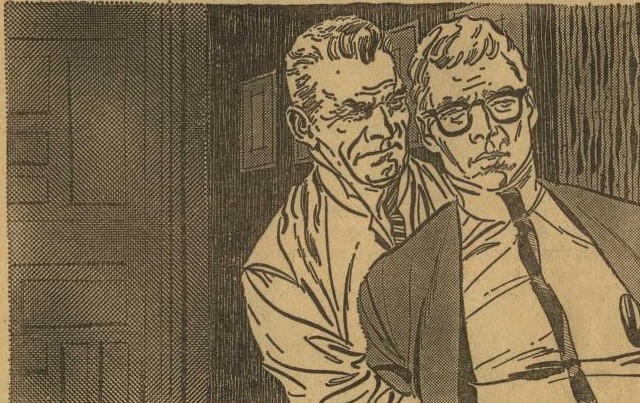



![[March 16, 1967] A Matter of Life and Death (<i>Why Call Them Back From Heaven?</i> by Clifford D. Simak; <i>Tarnsman of Gor</i>, by John Norman)](https://galacticjourney.org/wp-content/uploads/2022/03/670316covers-672x372.jpg)

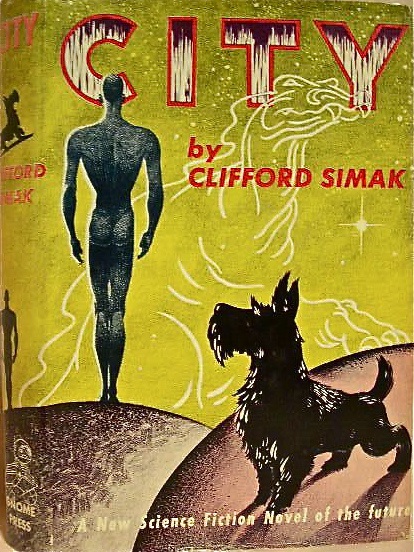






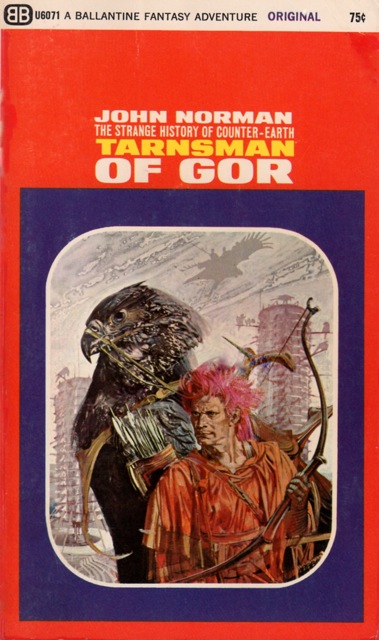



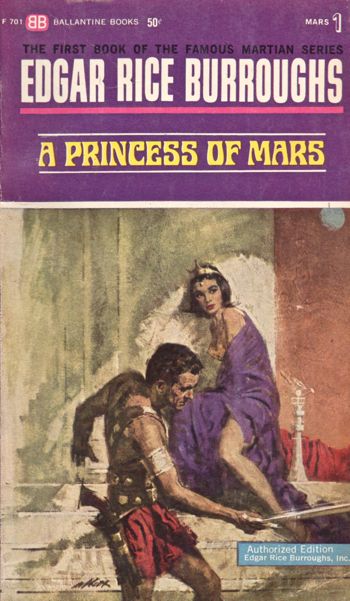
![[February 12, 1967] All's Fair in Love and War (March 1967 <i>Fantastic</i>)](https://galacticjourney.org/wp-content/uploads/2022/02/Fantastic_v16n04_1967-03_LennyS-cape1736_0000-2-672x324.jpg)


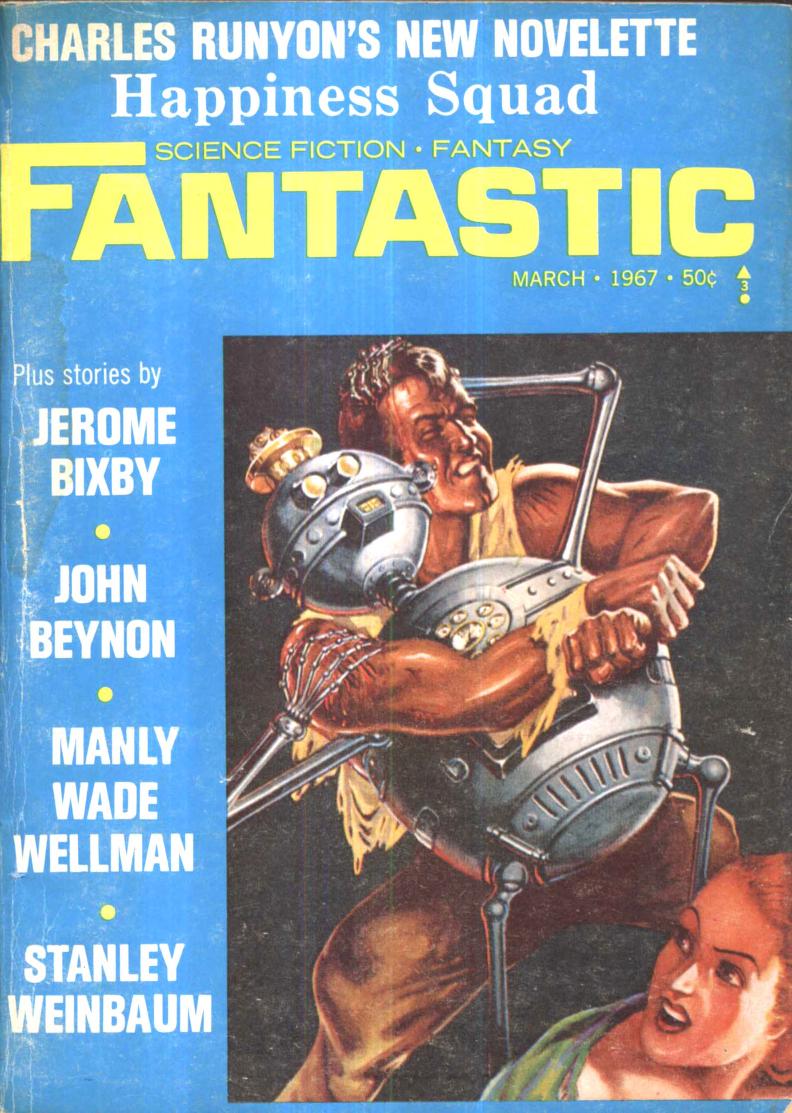
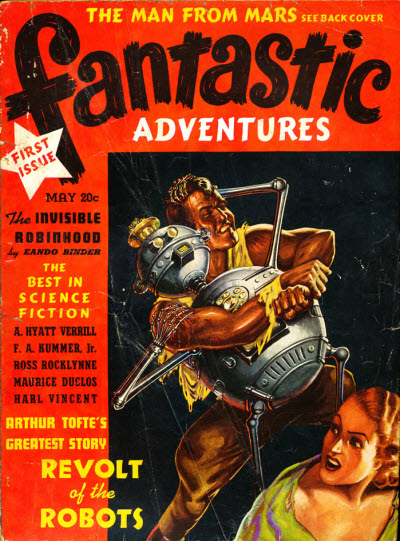

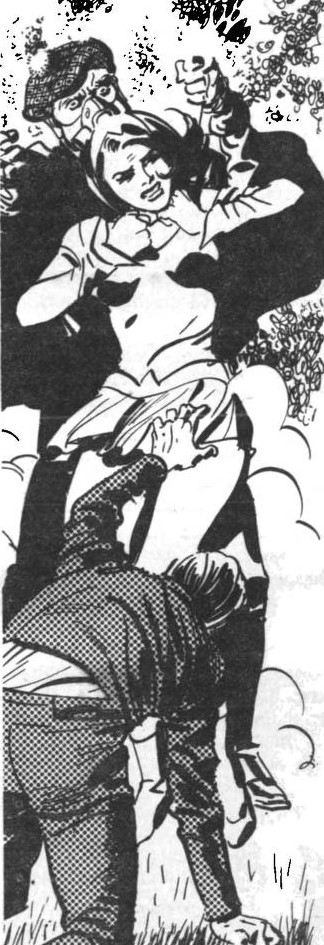

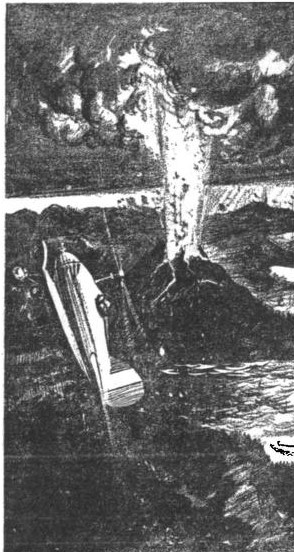
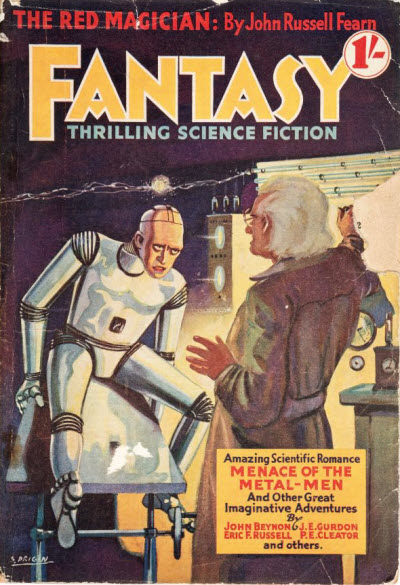
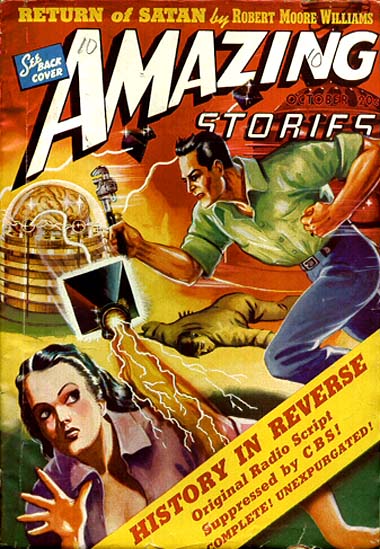

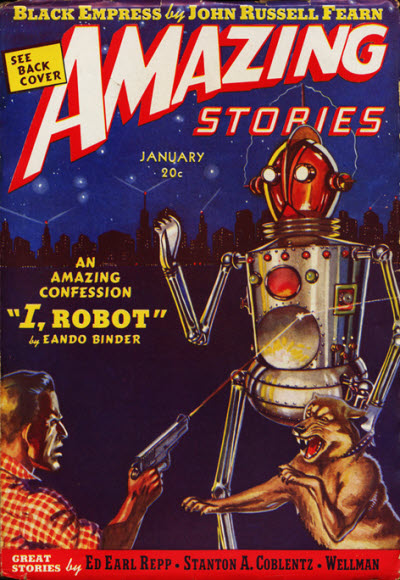


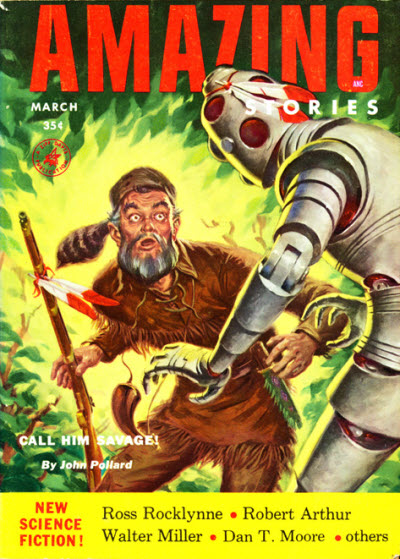
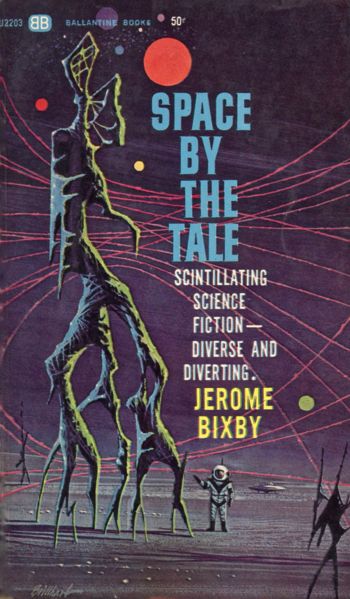
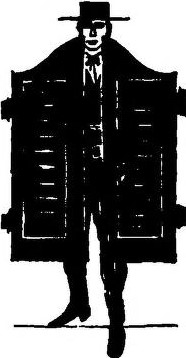




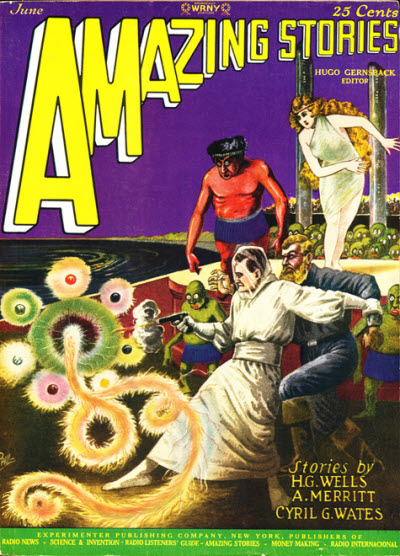
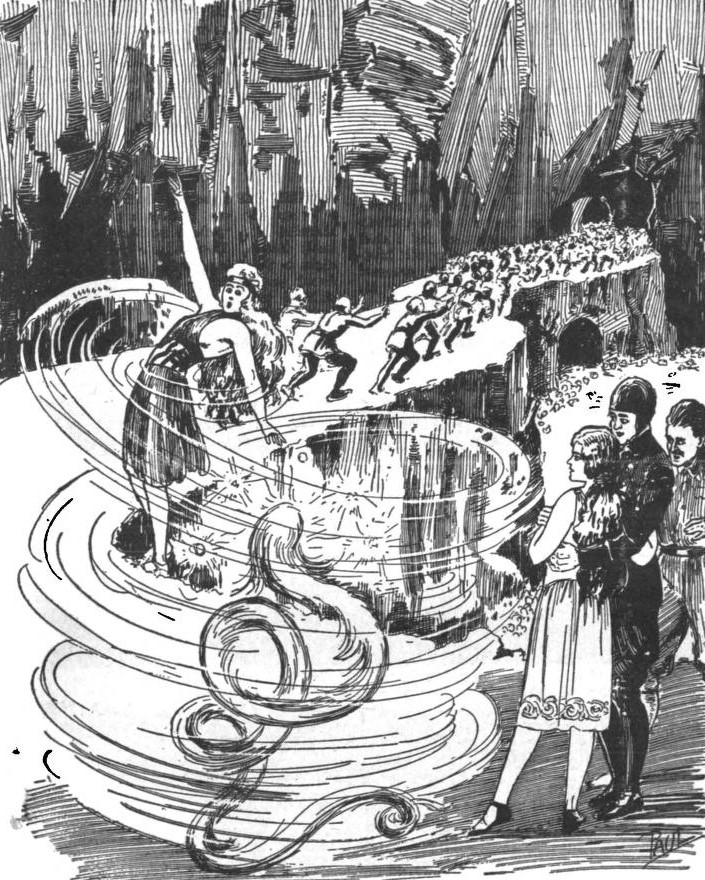


![[January 16, 1967] Off to a Good Start (February 1967 <i>Worlds of Tomorrow</i>)](https://galacticjourney.org/wp-content/uploads/2021/12/Worlds_of_Tomorrow_v04n03_1967-02_0000-2-672x372.jpg)















![[January 14, 1967] First batch (January Galactoscope)](https://galacticjourney.org/wp-content/uploads/2022/01/670114covers-672x372.jpg)

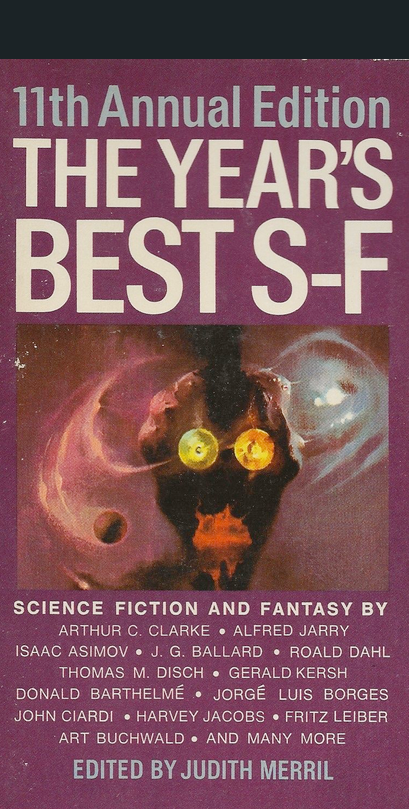
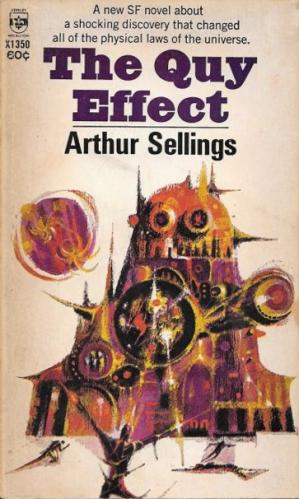
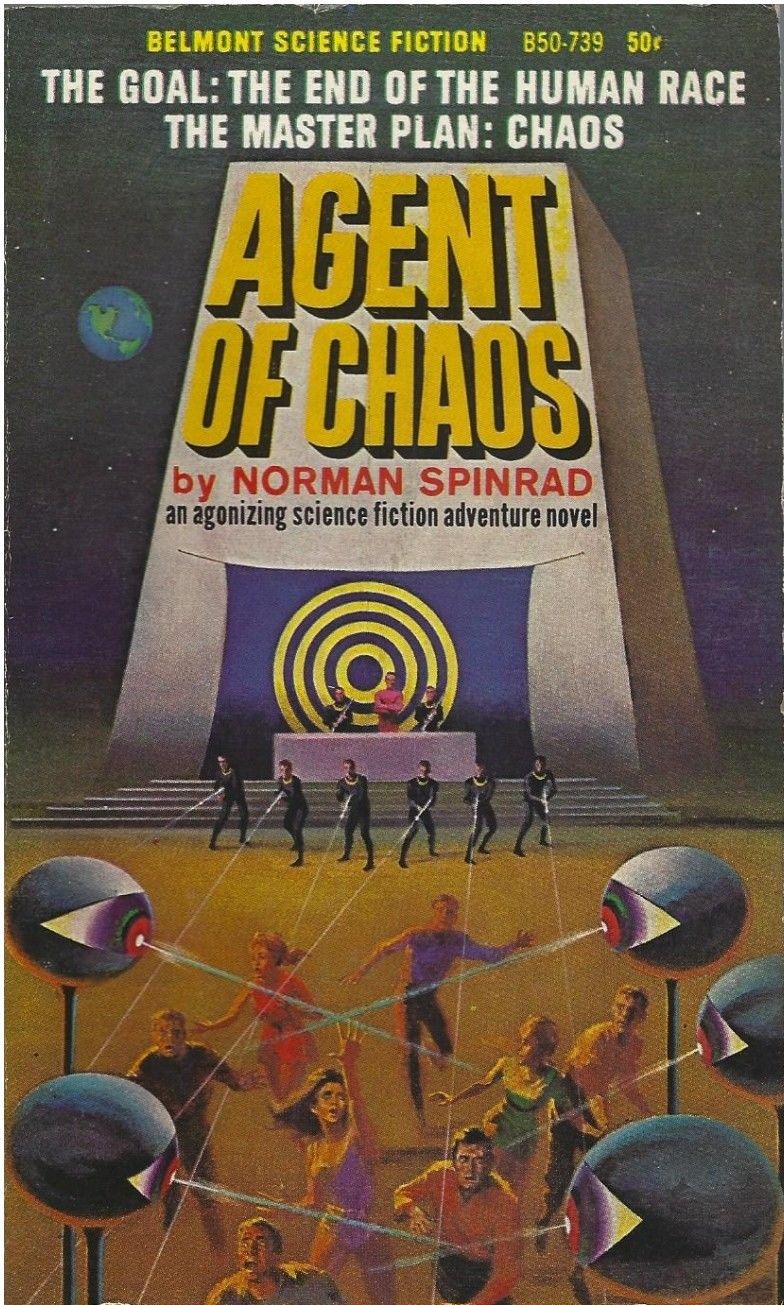
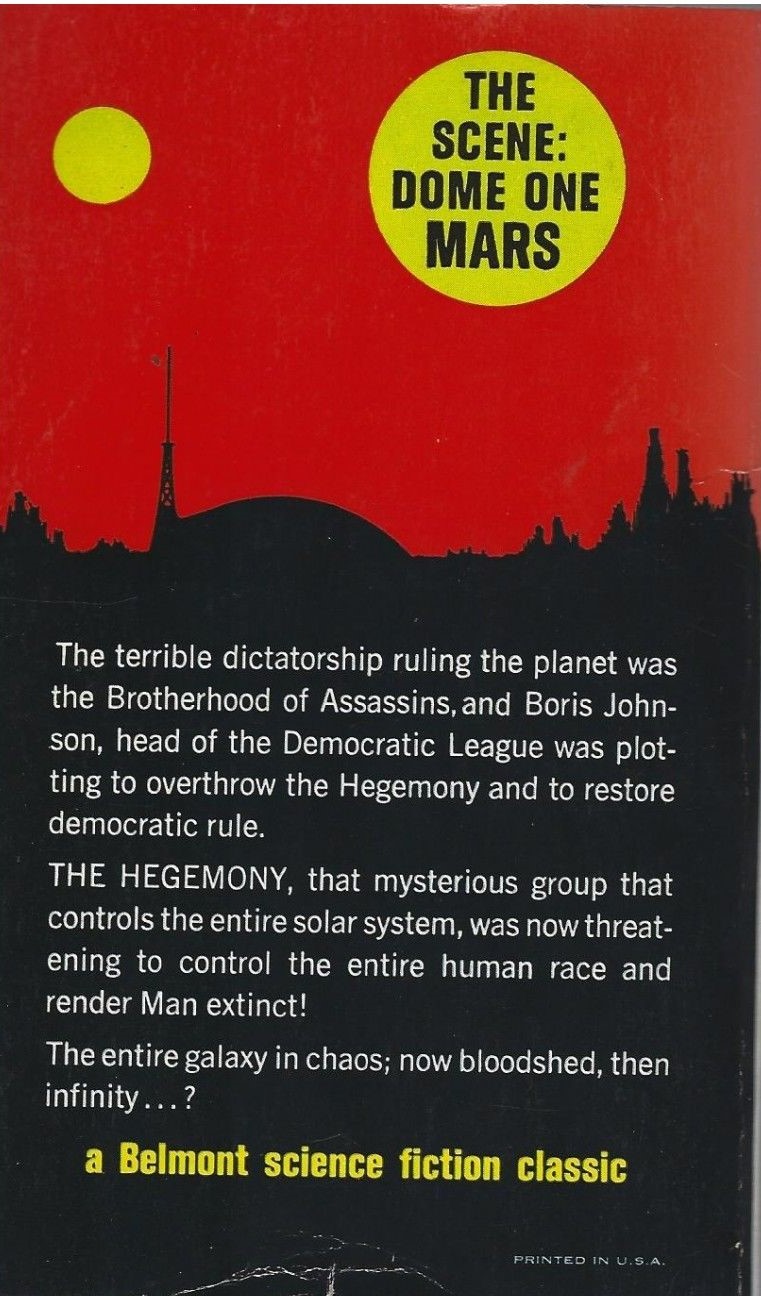
![[December 22, 1966] Who's In Charge Here? (<i>The Monitors</i> by Keith Laumer and <I>The Nevermore Affair</i> by Kate Wilhelm)](https://galacticjourney.org/wp-content/uploads/2021/12/661222covers-672x372.jpg)








![[December 8, 1966] Flesh and Blood (January 1967 <i>Fantastic</i>)](https://galacticjourney.org/wp-content/uploads/2021/11/Fantastic_v16n03_1967-01_0001-4-672x372.jpg)



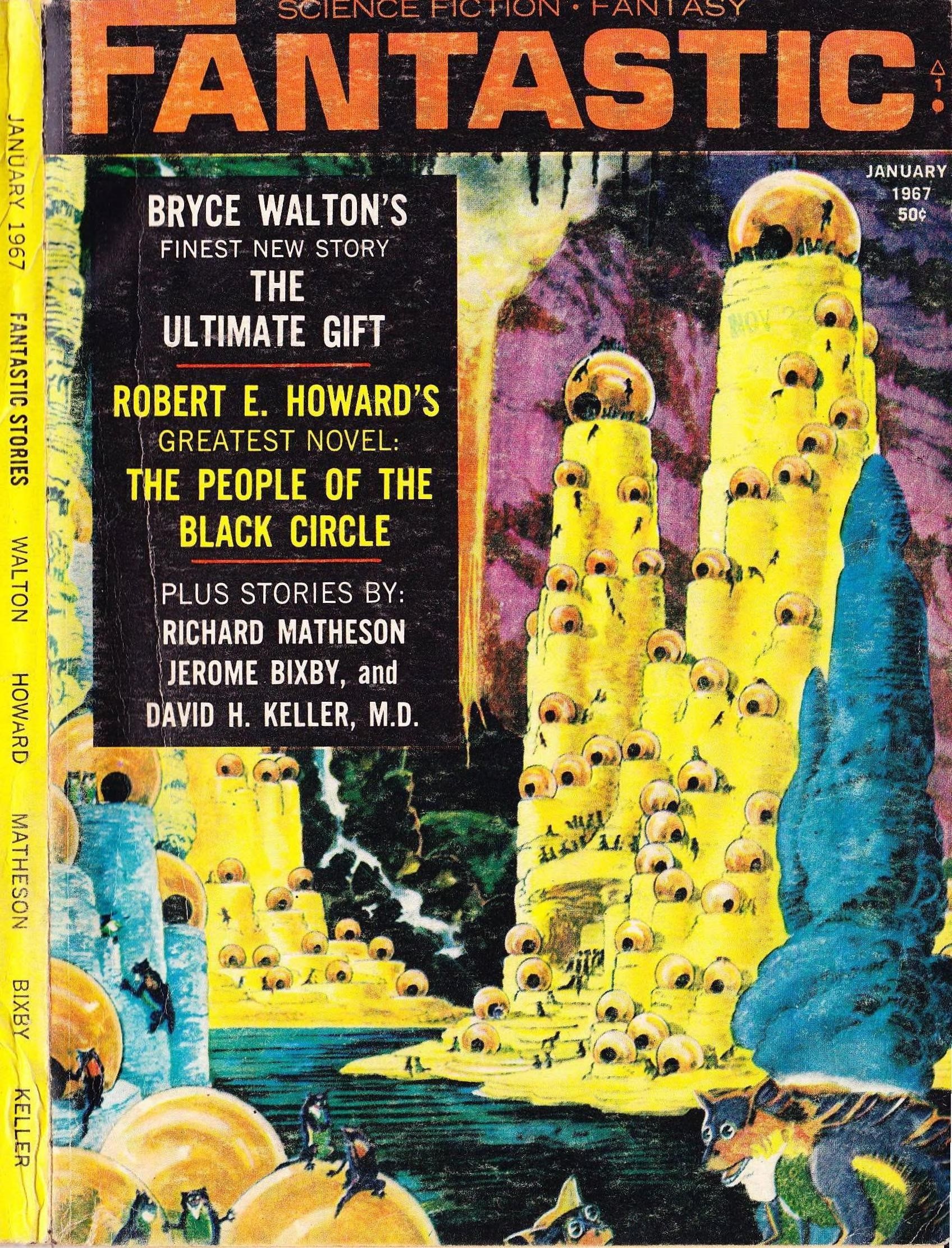
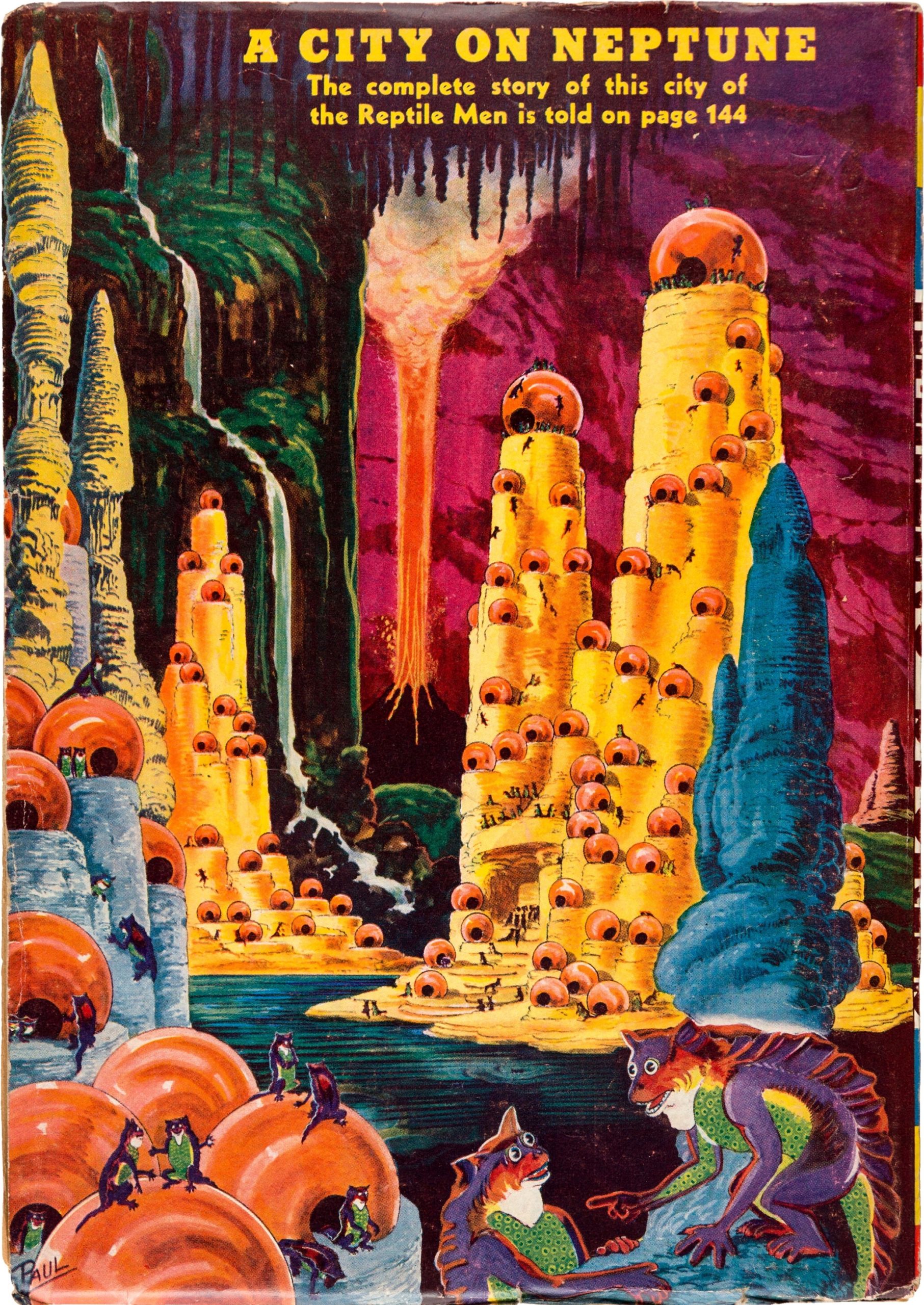
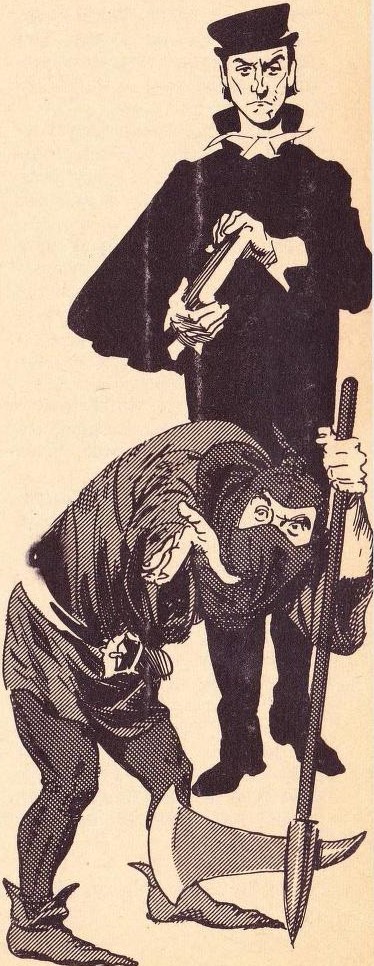
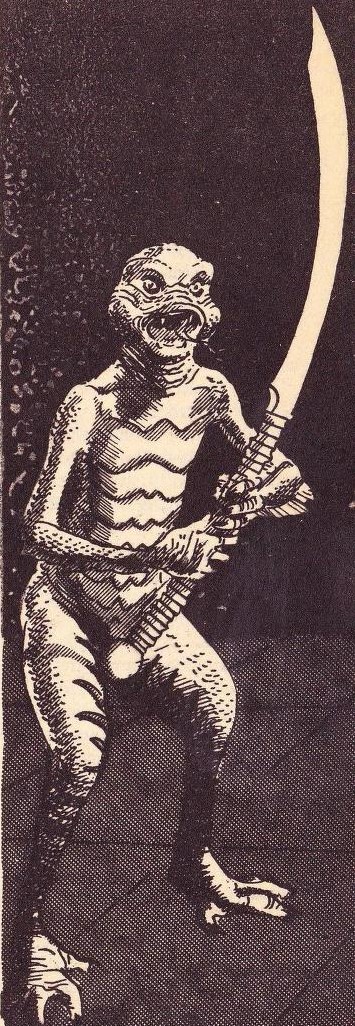
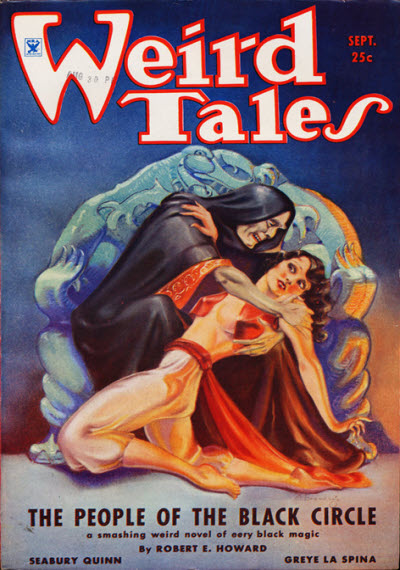
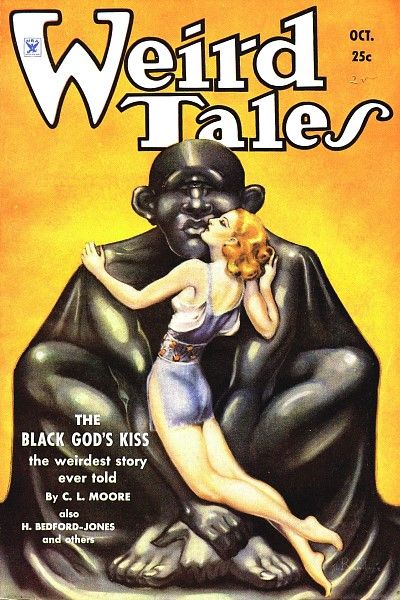

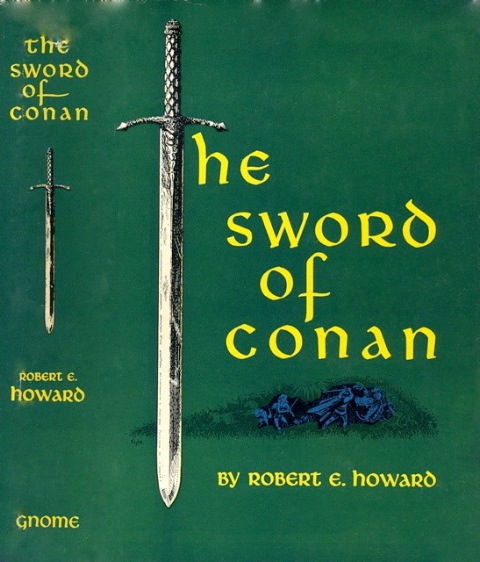
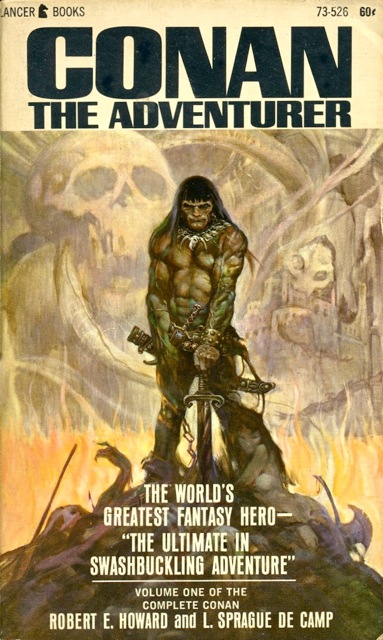
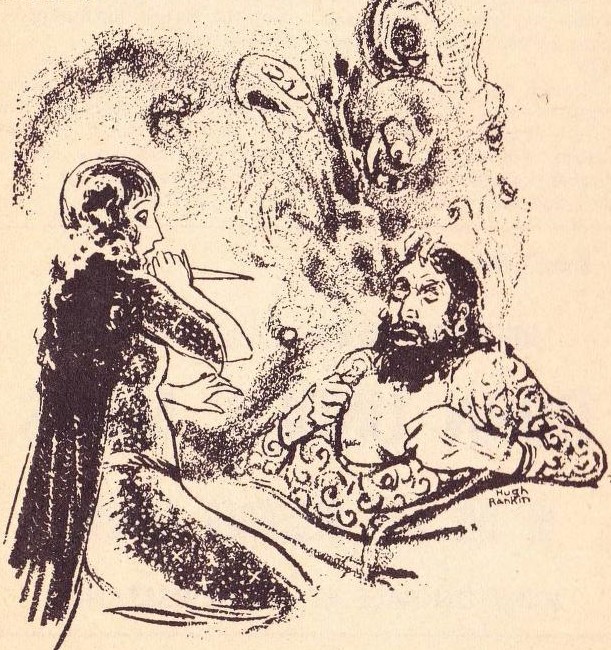

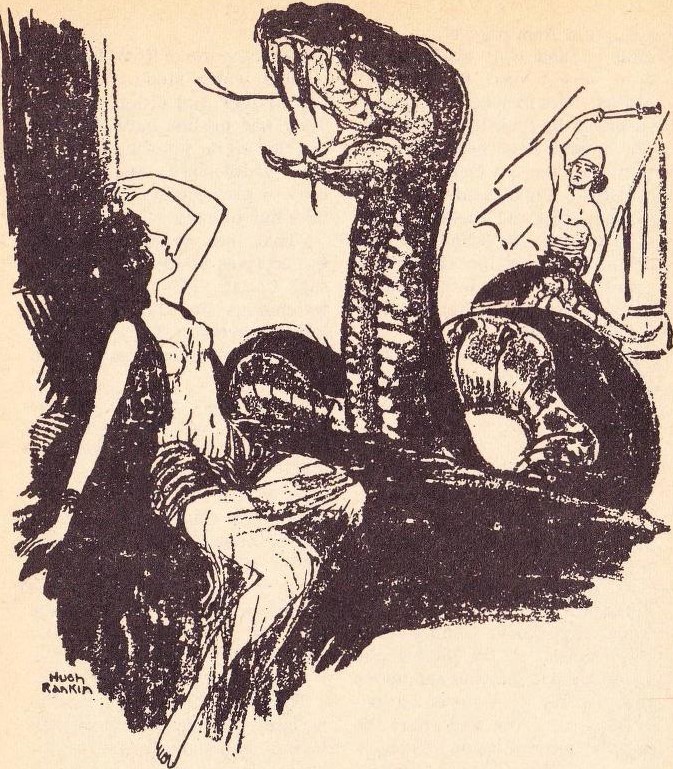
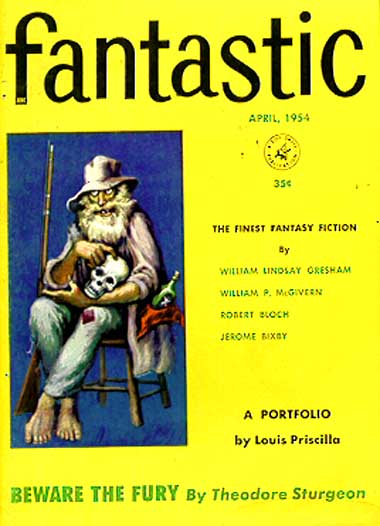
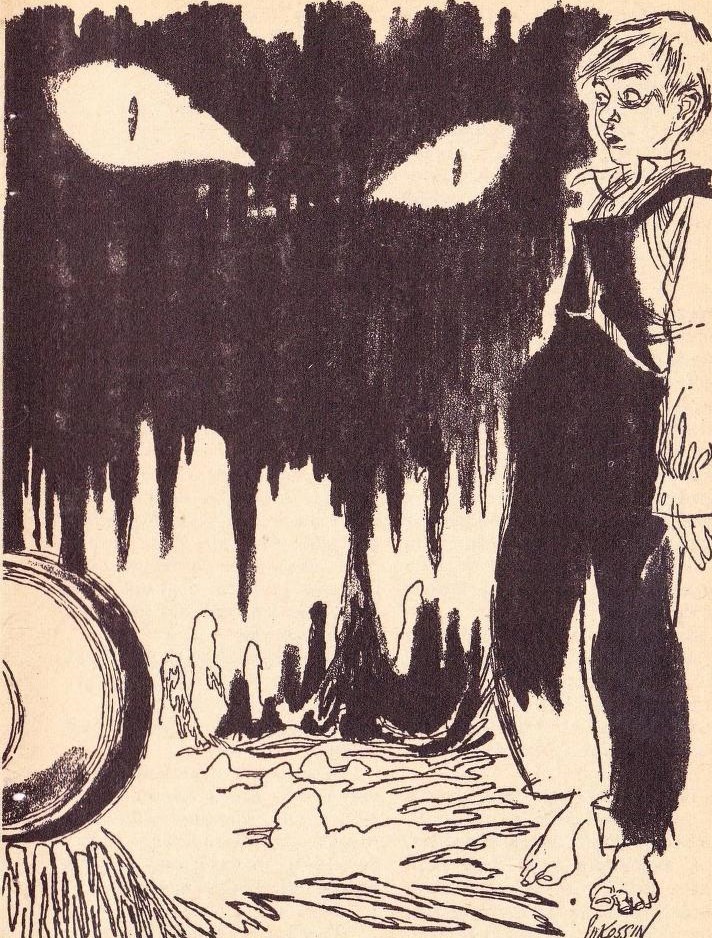
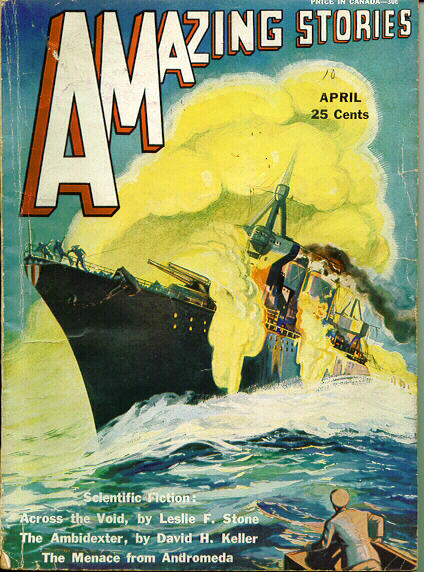
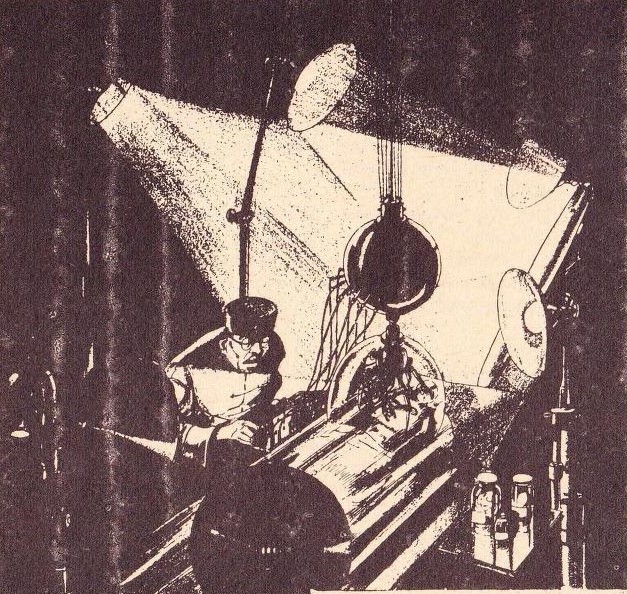
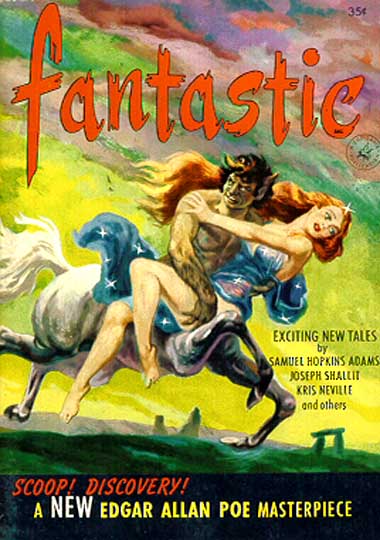
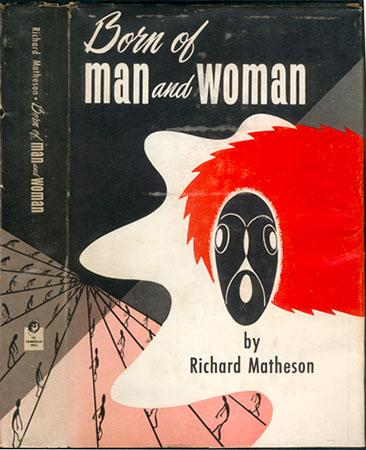
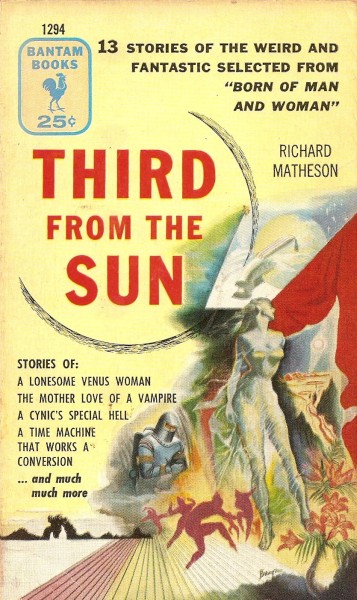

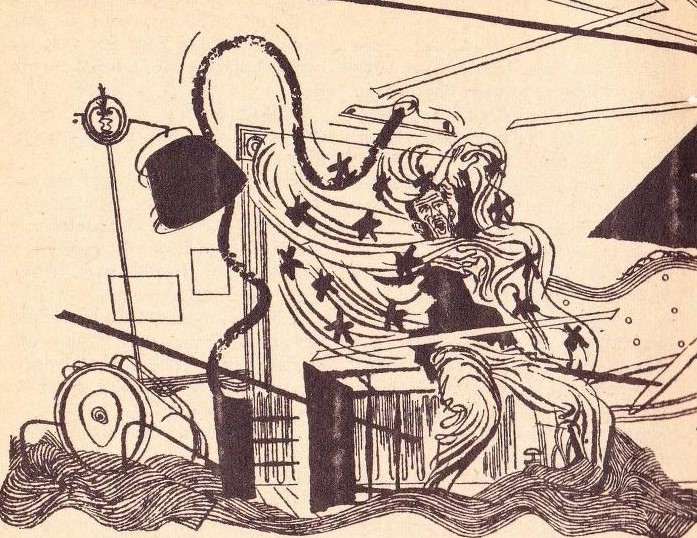

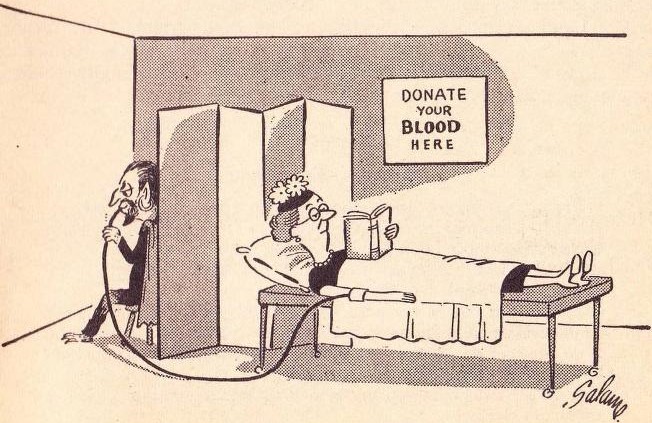
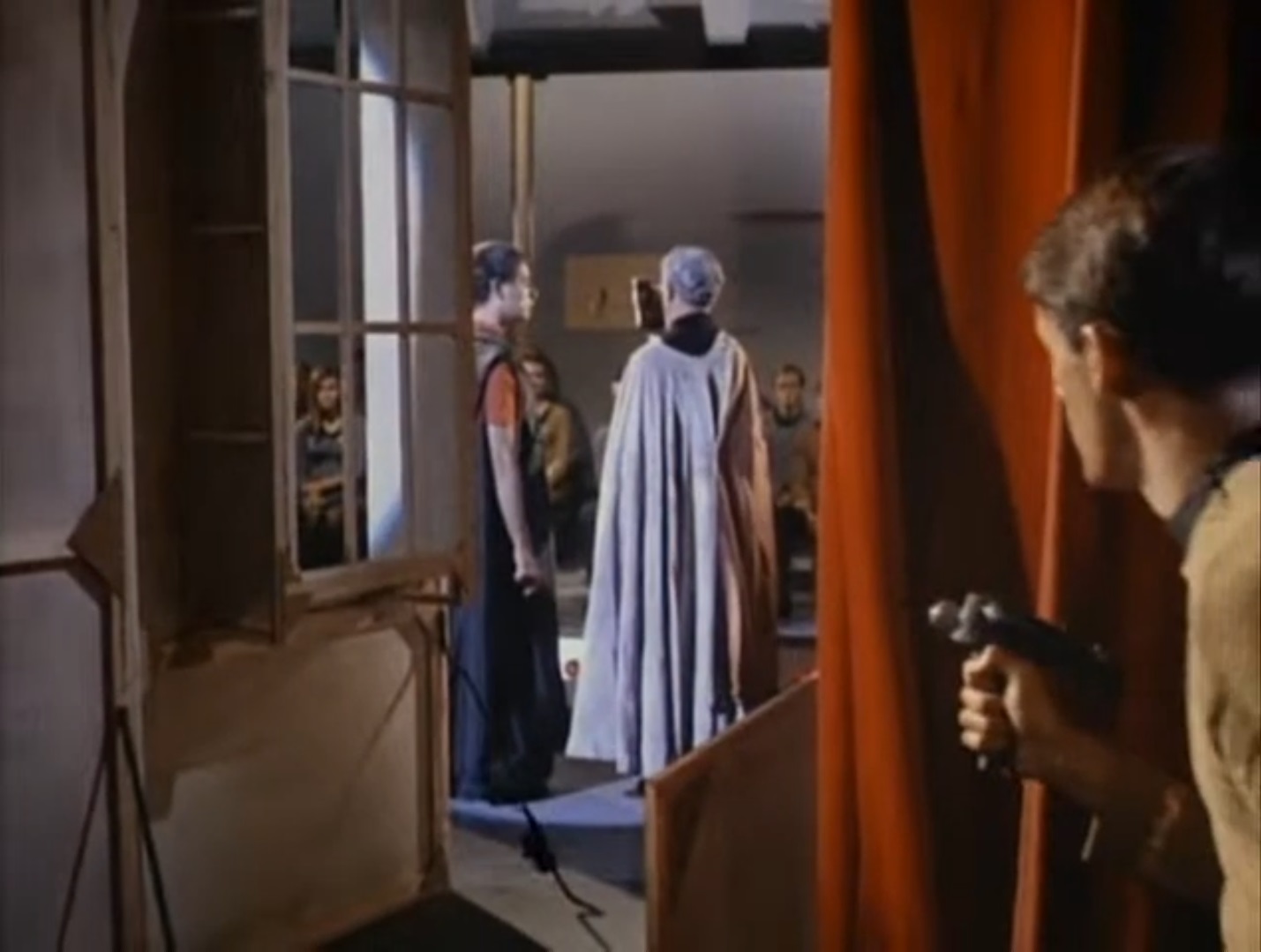
![[October 16, 1966] Only the Lonely (November 1966 <i>Fantastic</i>)](https://galacticjourney.org/wp-content/uploads/2021/10/fantastic_196611-3.jpg)




















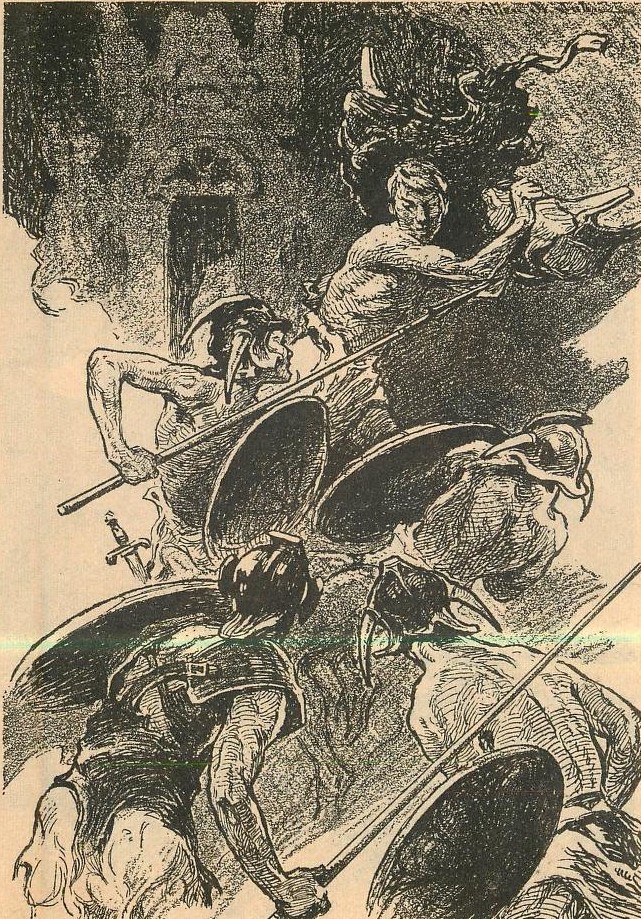



![[October 10, 1966] Let's Take A Trip (November 1966 <i>Worlds of Tomorrow</i>)](https://galacticjourney.org/wp-content/uploads/2021/10/Worlds_of_Tomorrow_v04n02_1966-11_0000-2-672x313.jpg)















